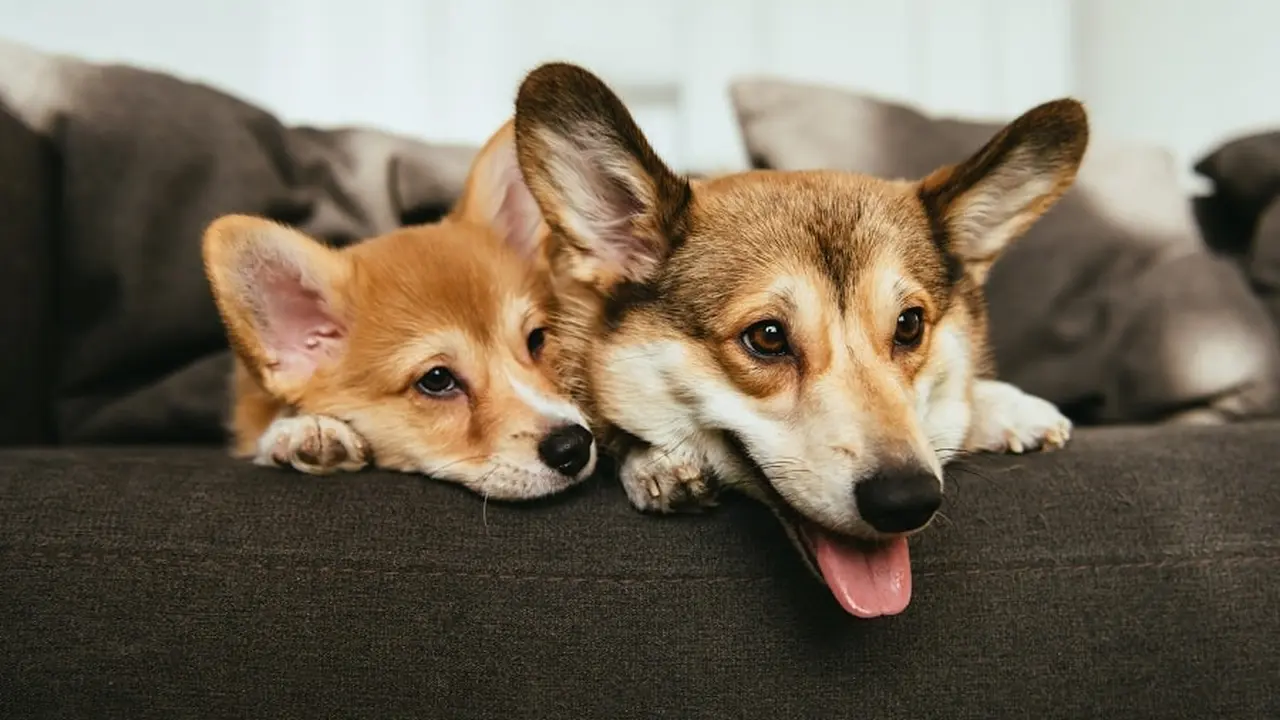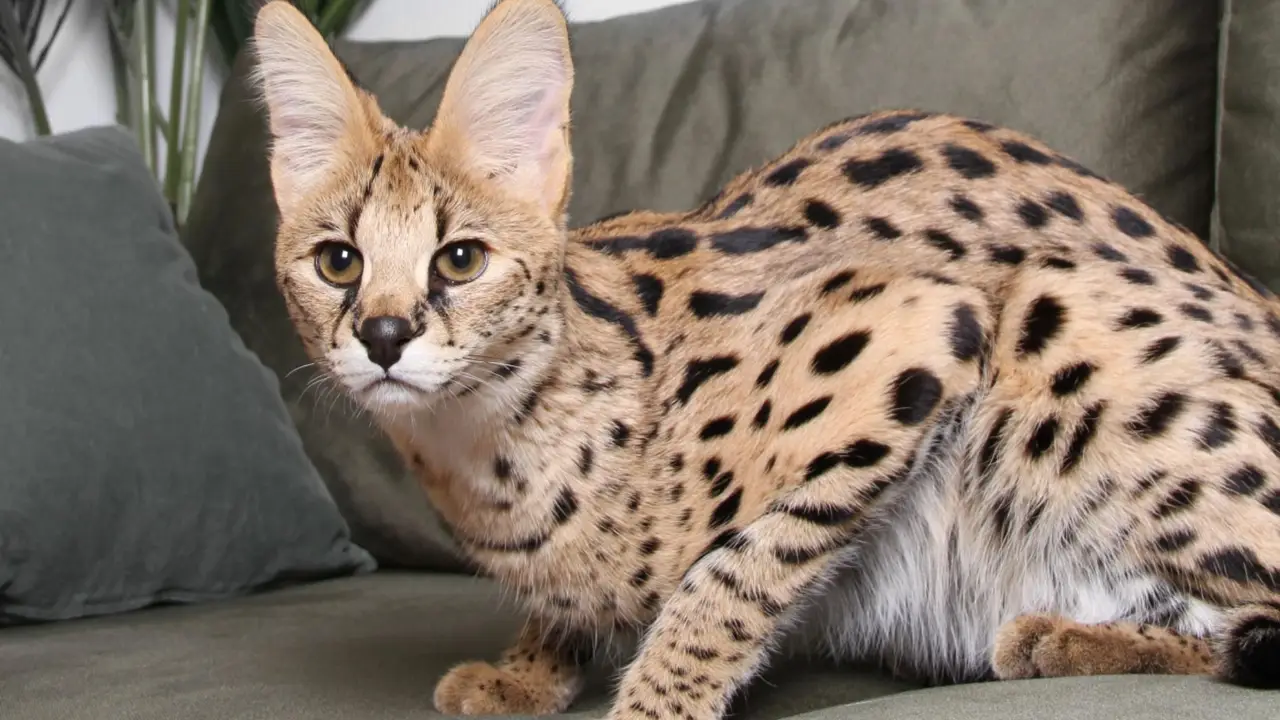The 10 Most Social Small Pets Ranked
Limited time? These small pets require minimal care. Discover pets that are perfect for busy lifestyles. Enjoy the companionship of a low-maintenance pet.

Low-Maintenance Small Pets Options for Busy Lifestyles
Juggling work, family, and social commitments can make owning a pet seem impossible. However, there are several low-maintenance small pets that fit well into busy lifestyles. These creatures require less attention and care than dogs or cats, making them ideal companions for individuals with limited time. Let’s explore five fantastic options that can bring joy and companionship without overwhelming your schedule.
Understanding Low Maintenance Pet Care Needs
Before diving into specific pets, it's crucial to understand what "low maintenance" truly means. These pets still require daily care, including feeding, cleaning their habitats, and providing fresh water. However, they typically don't need daily walks, extensive playtime, or constant attention like some larger pets. Low-maintenance pets are generally quiet, self-sufficient, and can thrive in smaller living spaces.
1. Betta Fish: A Colorful and Calming Companion
Betta fish, also known as Siamese fighting fish, are stunningly beautiful and relatively easy to care for. Their vibrant colors and flowing fins make them a captivating addition to any room. Bettas are solitary creatures, so they need to be housed individually in a tank that's at least 5 gallons. They require a filter, heater, and regular water changes to maintain a clean and healthy environment.
Betta Fish Care for Beginners
Caring for a betta fish involves feeding them specialized betta pellets once or twice a day. Avoid overfeeding, as this can lead to health problems. Perform partial water changes (25-50%) weekly to remove waste and maintain water quality. Bettas also appreciate having hiding places in their tank, such as plants or decorations. The ideal water temperature is between 78-82°F (25-28°C).
Recommended Betta Fish Products
- Aqueon NeoGlow LED Aquarium Kit (5 Gallon): This kit includes everything you need to get started with a betta fish, including a tank, filter, heater, and LED lighting. Price: $40-50
- Fluval Betta Bug Bites: These small, slow-sinking granules are specifically formulated for betta fish and provide a balanced diet. Price: $8-10
- API Stress Coat Water Conditioner: This product removes chlorine and chloramine from tap water, making it safe for your betta fish. It also helps to reduce stress. Price: $5-7
Betta Fish vs. Other Fish
Unlike many other fish, bettas don’t require a large tank or a school of companions. This makes them much simpler to care for than, say, goldfish, which need a bigger tank and frequent cleaning. Bettas also don’t need an air pump since they can breathe air from the surface of the water. They are also less demanding than community tanks with multiple fish species, which require careful monitoring of water parameters and compatibility.
2. Leopard Gecko: A Docile and Fascinating Reptile
Leopard geckos are popular reptiles known for their docile nature and striking patterns. They are relatively easy to care for and can thrive in a simple enclosure. Leopard geckos require a 20-gallon tank, a heat source, and a humid hide to help them shed their skin properly. They are nocturnal, so they don't need UVB lighting like some other reptiles.
Leopard Gecko Care Essentials
Leopard geckos eat insects, such as crickets and mealworms. Dust the insects with calcium and vitamin D3 supplements to ensure they get the nutrients they need. Provide fresh water in a shallow dish. Clean the enclosure regularly to prevent the buildup of bacteria. The ideal temperature gradient in the tank should be around 90°F (32°C) on the warm side and 75°F (24°C) on the cool side.
Recommended Leopard Gecko Products
- Exo Terra Glass Terrarium (20 Gallon): A secure and well-ventilated enclosure for your leopard gecko. Price: $80-100
- Zoo Med ReptiHeat Pad: An under-tank heater to provide a warm basking spot. Price: $20-30
- Repashy Calcium Plus LoD: A calcium and vitamin D3 supplement to dust insects with. Price: $15-20
Leopard Gecko vs. Other Reptiles
Compared to iguanas or chameleons, leopard geckos are far less demanding. They don't require specialized UVB lighting or a large, elaborate enclosure. They are also more docile and easier to handle than some other reptiles, making them a great choice for beginners. Leopard geckos are also quieter than some other reptile species, and can be left alone for a couple of days if needed.
3. Hermit Crabs: Social and Entertaining Crustaceans
Hermit crabs are fascinating crustaceans that live in borrowed shells. They are social creatures, so it's best to keep them in groups of two or more. Hermit crabs require a humid environment, a source of fresh and saltwater, and a variety of empty shells to choose from as they grow. They are relatively low-maintenance and can provide hours of entertainment as they scuttle around their enclosure.
Hermit Crab Care Guide
Hermit crabs eat a variety of foods, including commercial hermit crab food, fruits, vegetables, and even cooked meats. Provide fresh water and saltwater in shallow dishes. Maintain a humidity level of 70-80% in the enclosure. Offer a variety of empty shells in different sizes to allow the crabs to choose a comfortable home. The ideal temperature in the enclosure is between 72-85°F (22-29°C).
Recommended Hermit Crab Products
- Carolina Custom Cages Terrarium (20 Gallon): A suitable enclosure for hermit crabs with good ventilation. Price: $70-90
- Zoo Med Hermit Crab Food: A balanced diet specifically formulated for hermit crabs. Price: $5-7
- Exo Terra Coco Husk Substrate: A substrate that helps maintain humidity in the enclosure. Price: $10-12
Hermit Crabs vs. Other Crustaceans
Compared to saltwater crabs or shrimp, hermit crabs are much easier to care for in a home environment. They don't require a complex saltwater aquarium setup, and they can tolerate a wider range of water parameters. Hermit crabs are also more interactive and entertaining than some other crustaceans, providing a more engaging pet experience. They are also less picky about their diet.
4. African Land Snails: A Unique and Quiet Pet
African Land Snails (Achatina fulica) are a unique and surprisingly low-maintenance pet. These snails are herbivores and primarily eat vegetables and fruits. They need a humid environment and a tank with a substrate like coco coir. They are quiet, don’t require a lot of space, and are fascinating to observe.
Caring for African Land Snails
The ideal environment for African Land Snails is a plastic or glass tank with a secure lid to maintain humidity. A 10-gallon tank is sufficient for a few snails. The substrate should be at least 2-3 inches deep to allow them to burrow. Spray the tank with water daily to keep it humid. They eat a variety of vegetables like lettuce, cucumber, and sweet potato. Provide a source of calcium, such as cuttlebone, for shell growth.
Recommended African Land Snail Products
- Exo Terra Faunarium (10 Gallon): A perfect starter tank for African Land Snails. Price: $20-30
- Zoo Med Eco Earth Coco Fiber Substrate: This substrate holds moisture well, creating the ideal humid environment. Price: $8-10
- Cuttlebone: Essential for providing calcium for shell growth. Price: $3-5
African Land Snails vs. Other Invertebrates
Compared to ants or spiders, African Land Snails require less specialized equipment and are easier to handle. They are also less likely to escape and cause infestations. Unlike many insects, they don't require live food, making them more convenient to care for. They are also more social than other invertebrates, and will often come out to explore and interact with their environment.
5. Madagascar Hissing Cockroaches: An Unexpectedly Low-Maintenance Pet
While the idea of keeping cockroaches as pets might seem strange, Madagascar Hissing Cockroaches are surprisingly clean, quiet, and easy to care for. They don't fly or bite, and they are fascinating to observe. They are also very hardy and can tolerate a wide range of conditions.
Madagascar Hissing Cockroach Care
Madagascar Hissing Cockroaches require a secure enclosure with good ventilation. A 10-gallon tank is sufficient for a colony of cockroaches. Provide plenty of hiding places, such as cardboard egg cartons or pieces of bark. They eat a variety of fruits, vegetables, and dry dog food. Maintain a temperature of 75-90°F (24-32°C) in the enclosure. They are also very resistant to disease, and require minimal attention.
Recommended Madagascar Hissing Cockroach Products
- Sterilite Storage Container (10 Gallon): A cost-effective and secure enclosure. Price: $10-15
- Fluker's Cricket Food: A convenient and nutritious food source. Price: $5-7
- Cardboard Egg Cartons: Provide hiding places and enrichment. Price: Free (recycled)
Madagascar Hissing Cockroaches vs. Other Insects
Unlike crickets or mealworms, Madagascar Hissing Cockroaches are quiet and don't require live feeding. They are also less likely to escape and infest your home. Compared to ants, they are easier to contain and don't require specialized ant farms. They are also cleaner than other insect species, and will keep their enclosure tidy.
Choosing the Right Low-Maintenance Pet
When choosing a low-maintenance pet, consider your lifestyle, living space, and personal preferences. Do you want a pet that you can handle and interact with, or are you looking for a more hands-off companion? Research the specific care requirements of each pet to ensure you can provide a suitable environment. With the right choice, a low-maintenance pet can bring joy and companionship to your life without adding unnecessary stress.
:max_bytes(150000):strip_icc()/277019-baked-pork-chops-with-cream-of-mushroom-soup-DDMFS-beauty-4x3-BG-7505-5762b731cf30447d9cbbbbbf387beafa.jpg)






